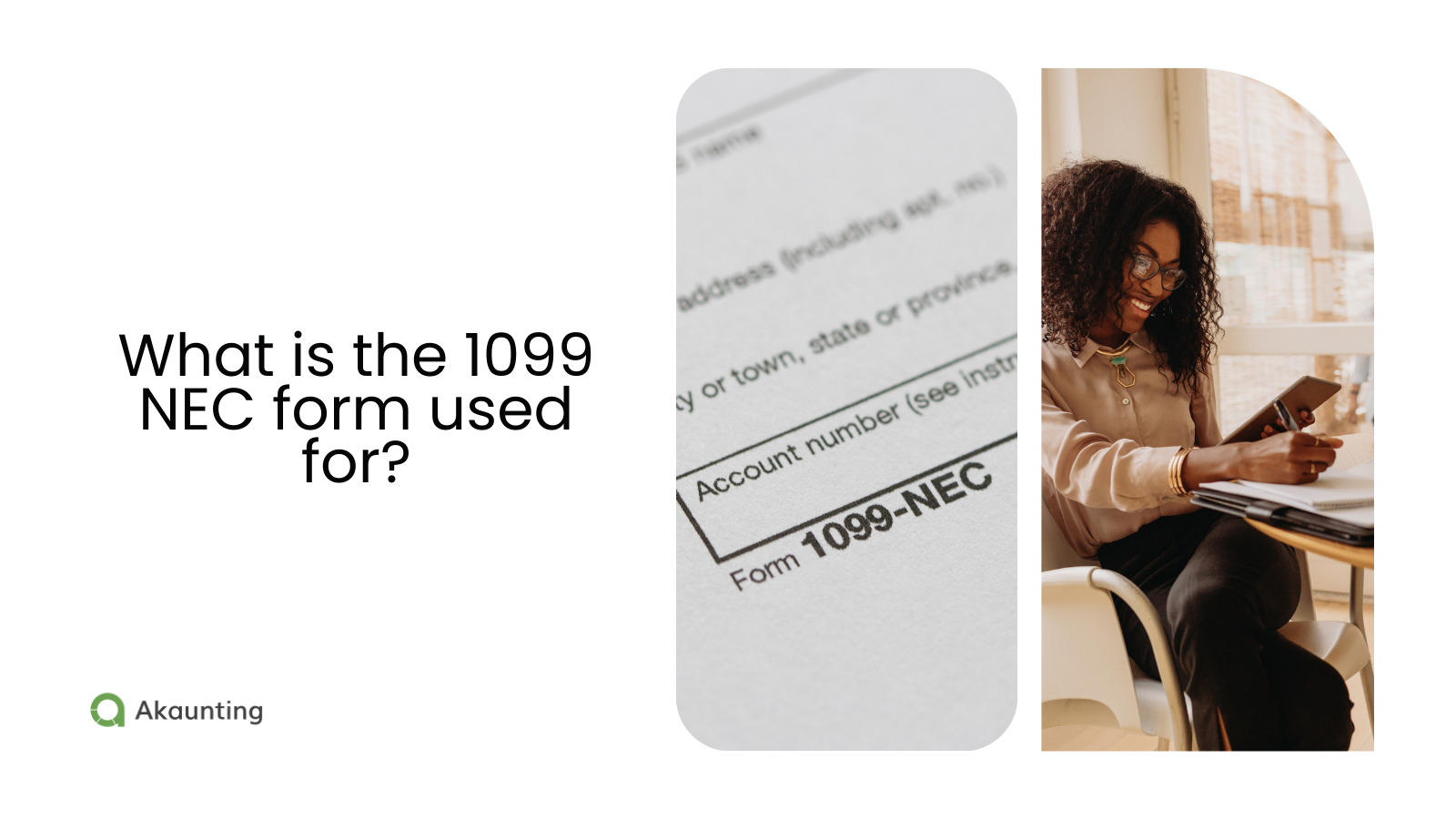How Do I Create Recurring Invoices?
Reading Time: 4 minutesCreating recurring invoices is like teaching a dog new tricks – it may seem daunting at first, but with the right tools and guidance, you’ll have a loyal billing system that’s as reliable as a man’s best friend.
Before creating a recurring invoice, it would be best to understand recurring invoices and their need.
If you have customers who pay you regularly for the same products or services, you may want to consider creating recurring invoices.
So,
What is a recurring invoice?
It is an invoice automatically generated and sent to your customers at a defined time – weekly, monthly, or quarterly.
Recurring invoices are like magic: they create and send themselves to your customers without you lifting a finger. And the best part is, they make sure you get paid on time.
You are not burdened with manually creating and sending invoices every time; your customers don’t have to worry about missing a payment.
In this article, we will show you how to create a recurring invoice using Akaunting software and what benefits it can bring to your business.
But first,
How does recurring invoice work?
A recurring invoice is a type of Invoice that is sent automatically to a customer based on a defined time.
Because recurring invoices are automated, you typically need billing or accounting software with the necessary information, including the customer’s contact information, payment terms, and recurring invoice frequency.
Once set up, the recurring Invoice will be sent out automatically to the customer on the defined date via email.
The customer will receive the same Invoice based on the specified interval (weekly, monthly, quarterly, or any other interval), with the same payment terms and amount due.
This makes the billing process more efficient and predictable for you and your customers.
You can use recurring invoices for various business needs, including subscription services, monthly retainers, or any other type of recurring payment.
How to create recurring invoices
You now know recurring invoices and how they can benefit your business. Let’s get into creating them. Akaunting makes it easy to create, send, and track recurring invoices.
You’ll need to update the information:
- Customer’s contact information (including email address)
- Payment due date.
- Invoice items – product/service you are selling.
- Quantity and price of products (with discount/tax if applicable).
- Invoice frequency – weekly, monthly, yearly, or custom date.
- Start and End dates of recurring invoices.
- Automatically send emails to customers.
Check out: How to Write, Send Invoice and Payment Reminders.
To create a recurring Invoice in Akaunting
- Login to your company’s dashboard.
- Go to Sales on the Navigation Menu and select Invoices from the dropdown options.

- On the Invoices page, switch tabs from Invoices to Recurring Templates.

- Click New Recurring Invoice.
- Enter the required Company and Billing details.
- Scroll down the page to the Schedule section to define the following:
- Repeat this Invoice: This is the frequency with which the Invoice will be generated. The options are Daily, Weekly, Monthly, Annually, or Custom.
- Create first Invoice on: Choose the date you want to generate the first recurring Invoice.
- And end: Here, you can define the date you want the last Invoice generated. There are three options – After, On, and Never. If you select Never, the recurring Invoice will continue to be generated for the defined customer/client until you manually discontinue it.
- Send email automatically: Switching the Toggle button to Yes ensures emails are sent to the client at the set date.
- Then, Save.
To see a list of recurring Invoices:
- Going to Sales on the Navigation Menu

- Select Invoices from the dropdown
- Switch the tab from Invoices to Recurring Templates
What are examples of recurring invoices?
Some examples of recurring invoices are:
- Subscription services: Businesses that offer subscriptions to customers, such as software-as-a-service (SaaS), Internet, or Telecom companies.
- Rentals: House owners and property management companies often send recurring invoices to tenants for rent payments.
- Membership fees: Gyms, clubs, and other organizations that charge a membership fee send recurring invoices to members.
- Retainer fees: Freelancers or agencies that provide ongoing services to clients often charge a retainer fee and send recurring invoices for the same amount each month.
- Insurance premiums: Insurance companies may send recurring invoices to their policyholders for monthly, quarterly, or annual premiums.
- E-commerce: Online retailers that offer subscription boxes or recurring orders of products often use recurring invoices to bill their customers.
- Software licensing: Businesses that sell software licenses may send recurring invoices for ongoing use of their software.
- Utilities: Companies that provide utilities, such as electricity or Internet, send recurring invoices to customers for the same amount each month.
Final thoughts
Creating a recurring invoice is a simple yet effective approach to taking control of your billing process and securing a consistent source of income for your company.
Automating your billing process may save time, decrease errors, and increase your cash flow. Furthermore, your customers will value the predictability and convenience of receiving a recurring invoice.
So, whether you’re a small business owner, a freelancer, or a part of a larger organization, consider creating a recurring invoice today and reap the benefits of a more efficient billing process. You’ll be on your way to a more efficient and successful business in no time if you have the correct tools and direction. Start creating a recurring invoice with Akaunting.
Frequently Asked Question
What is a recurring billing charge?
A recurring billing charge is one that a consumer makes regularly, usually monthly or annually, for a product or service. The customer only provides the merchant with their information and authorization once, and the merchant processes the payments through a payment gateway. Subscription businesses that provide continuous access to a service or product frequently use recurring billing.




